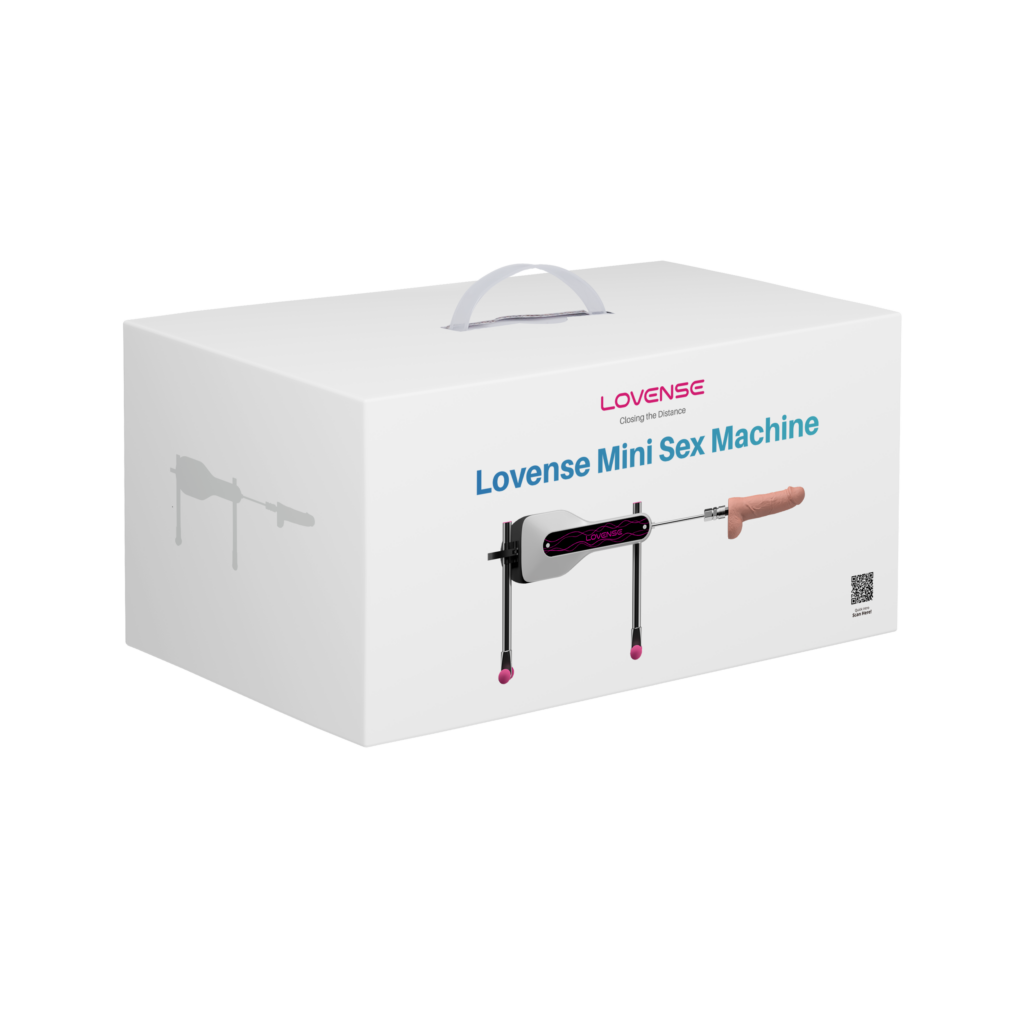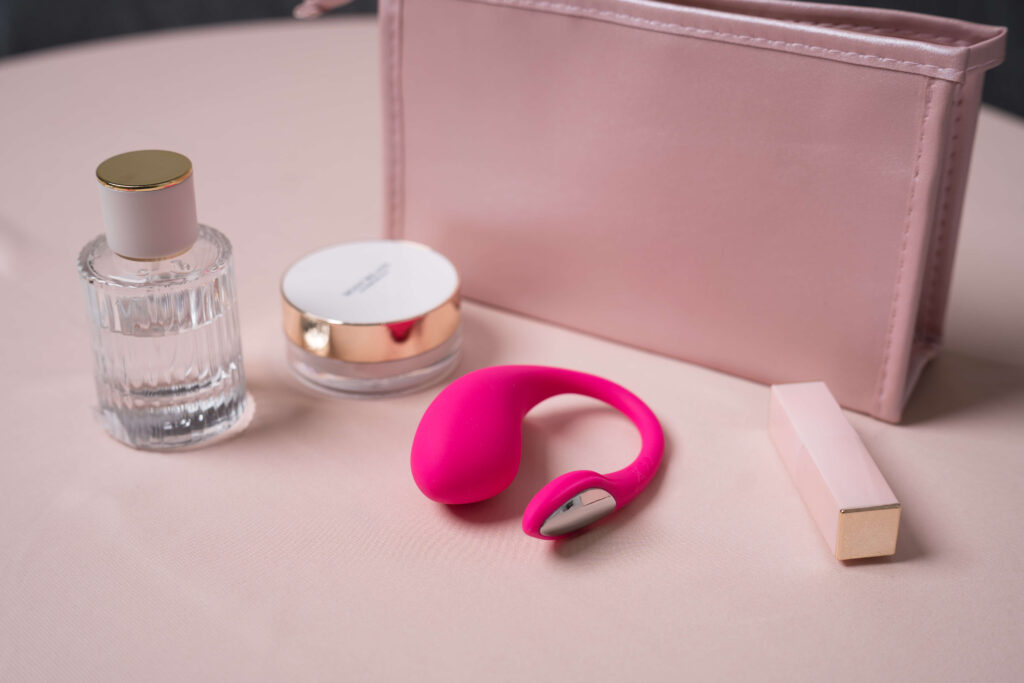Where is the female g-spot?

History of the G-Spot
While the mystery of the G-spot has been the topic of debate for decades, its existence and significance in female pleasure cannot be ignored. The term “G-spot” was coined in the 1980s, named after the German gynecologist Ernst Gräfenberg. Gräfenberg’s pioneering research in the early 20th century laid the foundation for our current understanding of this erogenous zone. But, the curiosity and speculation about this area go back centuries.
Fun Fact: Did you know that ancient civilizations had their own theories about pleasure zones similar to the G-spot?
“The journey of understanding the G-spot is akin to an adventurous treasure hunt where the real treasure is the enhanced pleasure and deeper connection.”

Anatomical Exploration
When diving deep into the realm of female pleasure, one must navigate with both sensitivity and knowledge. The G-spot is located on the front wall of the vagina, generally about 5-8 cm from the vaginal opening. Its exact size, shape, and position can vary from woman to woman, but it’s typically characterized by a slightly rougher texture compared to the surrounding vaginal tissue.
Here’s a simple table to explain its general location:
| Anatomical Point | Approximate Distance from the G-spot |
|---|---|
| Vaginal Opening | 5-8 cm |
| Uterus | Above and behind |
| Bladder | In front of |
Remember: While it’s beneficial to know the specifics, every individual’s anatomy is unique. It’s always about exploration and understanding one’s body.
The Science Behind the G-spot
The G-spot’s existence, though frequently debated, is backed by both scientific research and anecdotal evidence. Various studies have shown increased nerve endings in the suspected G-spot area, suggesting heightened sensitivity. However, the debate continues: Is it a distinct structure, or is it an internal extension of the clitoris?
Many women report heightened pleasure or even a different kind of orgasm when this area is stimulated. But science also suggests that not every woman may respond to G-spot stimulation in the same way.
“Science provides knowledge, but pleasure is deeply personal. It’s about what feels right for you.”
Did you know? In some studies, MRI scans have shown a distinguishable area within the vagina that corresponds to the G-spot, while other studies have been inconclusive. The beauty and complexity of human anatomy ensure that the quest for understanding continues.
Methods to Locate the G-Spot
Embarking on the quest to find the G-spot can be likened to an intimate treasure hunt. Every woman’s body is unique, but certain techniques and approaches have proven effective for many.
- Relaxation: Before any exploration, ensure you’re relaxed. A calm mind often leads to heightened sensitivity.
- Position: Start by lying on your back. It’s often easier to locate initially in this position.
- Deep Exploration: Insert a finger or two into the vagina, curling them in a ‘come hither’ motion. Feel for an area that’s slightly ridged or different in texture.
- Responsive Feedback: If you feel a sudden surge of pleasure, you’re probably on the right track.
“The path to discovery is never straight; it’s filled with twists, turns, and tantalizing moments.”
The Controversies Surrounding the G-Spot
Like many aspects of human sexuality, the G-spot has its share of controversies. Medical opinions diverge, and personal experiences vary widely. Here are a few contentious points:
- Existence: Some studies claim a distinct structure, while others believe it’s a part of the clitoral network.
- Universality: While many women report a sensitive area within their vagina, it’s not always located in the same spot for everyone.
- Orgasm Source: While some women report achieving orgasm through G-spot stimulation alone, others rely on clitoral stimulation.
Social and Cultural Impacts
The G-spot isn’t just a topic of medical or sexual curiosity; it has had profound cultural and societal impacts. Over the decades, the discourse around the G-spot has:
- Sparked debates on female sexuality.
- Fueled a surge in cosmetic surgeries like the controversial G-spot amplification.
- Challenged traditional notions, pushing society to acknowledge and respect female pleasure.
The inclusion or exclusion of the G-spot in sexual education curriculums across the world remains a point of debate, with many advocating for a more comprehensive approach to female sexuality.
Fun fact: The G-spot was nearly named the “Whipple Tickle” after Dr. Beverly Whipple, who recognized its significance in female sexuality in the late 20th century.
In the midst of all this, it’s essential to remember:
“Sexuality is deeply personal, and while knowledge aids understanding, personal experiences are just as valid.”

Physiological Understanding of the G-Spot
It’s not merely about where it is but also about how it functions. A deeper dive into the anatomy and physiology can lead to more profound discoveries.
- Tissue Composition: The G-spot is thought to be composed of erectile tissue, similar to the tissue in the clitoris and penis. This tissue can swell with arousal.
- Proximity to Other Organs: It’s situated near the Skene’s glands, sometimes referred to as the ‘female prostate’. These glands may play a role in female ejaculation.
Understanding the physiological components not only aids in locating the G-spot but also in maximizing pleasure derived from it.
Impact on Relationships
For many couples, the journey to find and stimulate the G-spot is a mutual one. But, it’s crucial to remember:
“The quest shouldn’t be the sole focus; the joy lies in the journey together.”
- Communication: Open dialogues about desires and boundaries can lead to more meaningful connections.
- Exploration with a Partner: Some women find it easier to locate the G-spot with their partner. The added arousal and excitement, combined with a different angle of exploration, can be beneficial.
Note: Mutual respect and understanding should always be at the forefront.
The Evolution of the G-Spot in Pop Culture
Over the years, the G-spot has gone from being a medical mystery to a widely recognized cultural phenomenon.
- Movies, music, and literature frequently allude to it.
- It’s been the subject of many a stand-up comedy routine, sometimes treated with humor, other times with reverence.
The below table illustrates some of the mentions of the G-spot in various pop culture media over the years:
| Year | Media Type | Title/Artist | Reference Context |
|---|---|---|---|
| 1992 | Movie | Prelude to a Kiss | A humorous reference during a romantic conversation |
| 1998 | Song | “G-Spot” by Wayne Marshall | A song dedicated entirely to the subject |
| 2005 | Book | “The G Spot: And Other Discoveries About Human Sexuality” | A comprehensive look into the subject from a scientific and sociological perspective |
With its increasing presence in pop culture, the G-spot continues to both intrigue and educate the masses on female sexuality. As we forge ahead, may our understanding be rooted in respect, scientific curiosity, and an ongoing desire for mutual pleasure.
Debunking Common Myths about the G-Spot
Misinformation and misconceptions abound when it comes to female sexuality, and the G-spot is no exception. Let’s demystify some of the more persistent myths:
- Myth 1: Every woman has a G-spot.
- Reality: While many women have an area that is more sensitive to deep pressure, it doesn’t mean every woman will have a G-spot that leads to orgasm.
- Myth 2: G-spot stimulation is the only way to achieve a vaginal orgasm.
- Reality: Women can experience orgasms in a variety of ways, including clitoral, vaginal, and even through stimulation of other erogenous zones.
“It’s essential to understand that every woman’s body is unique. What brings pleasure to one might not necessarily do the same for another.”
Techniques to Stimulate the G-Spot
If you’re curious about exploring the G-spot, here are some techniques to consider:
- Manual Stimulation: Using a ‘come hither’ motion with your fingers can be effective. It’s about two inches in, on the front wall of the vagina.
- Toys Designed for G-Spot Stimulation: There are numerous toys on the market that are curved to target this area specifically.
- Different Sexual Positions: Positions that allow for deeper penetration or target the front wall of the vagina can be more effective, such as the woman on top or doggy style.
Remember, it’s all about exploration and finding out what feels best for you or your partner.
The Ongoing Debate: Does the G-Spot Even Exist?
The very existence of the G-spot is a topic of contention among scientists, researchers, and women alike. Here’s a snapshot:
| Arguments For | Arguments Against |
|---|---|
| MRI scans show a distinct tissue in the area | Not all women report having a G-spot |
| Some women ejaculate from G-spot stimulation | Autopsies haven’t consistently identified the G-spot tissue |
| It’s believed to be linked to the clitoris | It might just be an extension of the clitoris |
While the debate rages on, what’s undeniable is the plethora of personal experiences of women worldwide. Whether or not it’s universally accepted doesn’t diminish its significance for those who believe in its existence.
In the end, sexual wellness is a personal journey, one where exploration, understanding, and mutual respect are paramount. Whether you’re curious about the G-spot or any other aspect of sexuality, it’s essential to approach it with an open mind and a willingness to learn.
Exploration Techniques and Tips
Unraveling the mysteries of the G-spot requires experimentation and patience. Here are some methods that individuals and couples can try:
- Positional Adjustments: Certain positions, such as being on top, allow for more direct G-spot stimulation. Experimenting with different angles might be key.
- Specialized Toys: The market is brimming with G-spot specific toys designed to target and stimulate this enigmatic zone.
- Professional Guidance: Sex therapists and counselors can provide techniques and exercises to help individuals or couples explore the G-spot more effectively.
“The journey to discover the G-spot is as much about the exploration as it is about the destination. Each exploration is a step towards self-discovery.”
Debunking Myths and Misconceptions
The G-spot is shrouded in myths and misconceptions. Let’s demystify some of them:
- Every Woman Has One: As with all aspects of human anatomy, there’s variance. Not every woman may have a G-spot or respond to stimulation in the same way.
- G-spot Orgasms are Superior: All orgasms are subjective. One isn’t inherently better than another. It’s about personal experience and preference.
- It’s Purely Physical: As with all aspects of sexuality, there’s an intricate interplay between the emotional, psychological, and physical.
The Broader Spectrum of Female Pleasure
The G-spot is but one aspect of female sexuality. Understanding the broader spectrum is crucial:
- Clitoral Stimulation: For many women, the clitoris is the primary pleasure point. It’s packed with nerve endings and is highly sensitive.
- Mental and Emotional Connection: Often, the emotional bond with a partner can enhance the sexual experience far beyond mere physical stimulation.
- Holistic Well-being: Factors such as stress, mental health, and overall well-being can significantly influence a woman’s sexual experience.

G-Spot: A Personal Journey
The quest to understand and perhaps locate the G-spot is deeply personal. It’s an exploration of one’s own body, desires, and sexuality:
- Self-Exploration: Whether one finds the G-spot or not, the journey encourages a deeper connection with oneself.
- Body Positivity: This journey fosters a positive relationship with one’s body, understanding its uniqueness and beauty.
- Empowerment: Taking charge of one’s sexual pleasure and well-being can be empowering. It promotes a sense of agency and autonomy.
In the end, the narrative around the G-spot isn’t merely about a specific spot within the female body. It’s about understanding, exploration, and empowerment. It’s a dialogue that pushes boundaries, challenges norms, and promotes a deeper, more nuanced understanding of female sexuality. Whether you’re on a personal quest or accompanying someone on theirs, remember it’s a path of discovery, acceptance, and above all, celebration.


